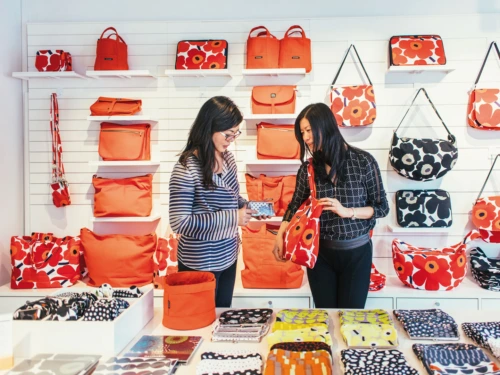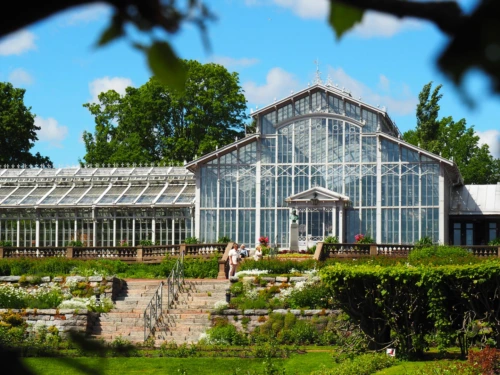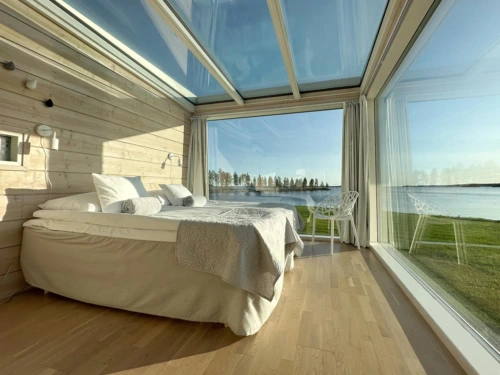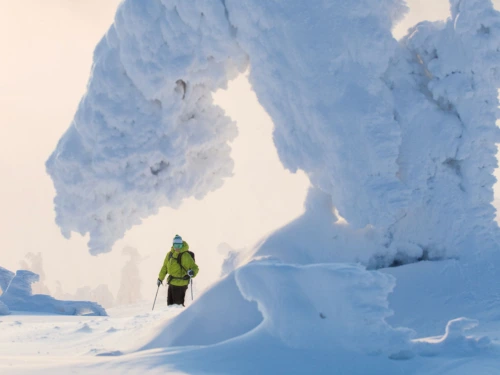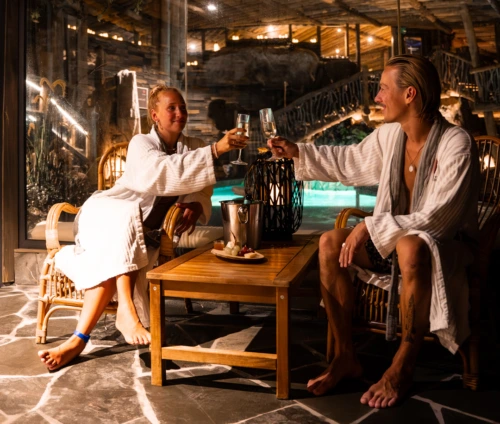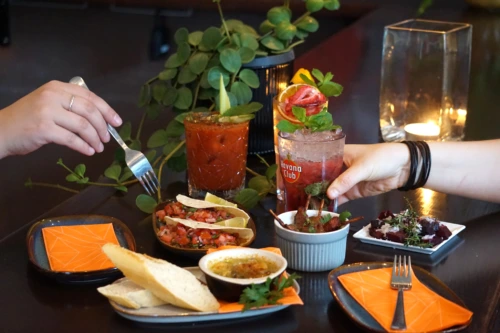
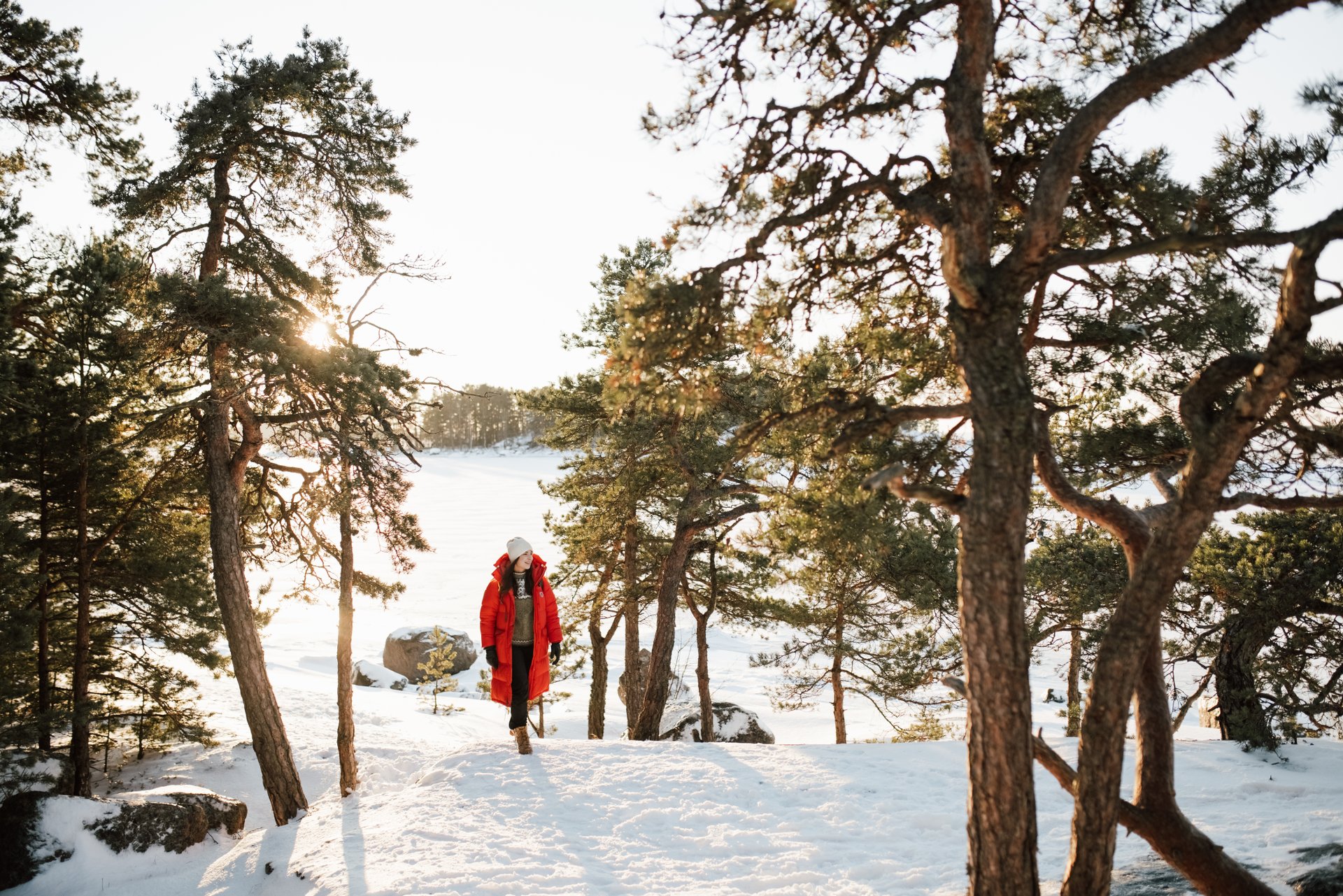
The Kotka-Hamina and Loviisa Region: Regional Goals Drive Businesses Toward Sustainability
A whole zone of sustainable tourism is emerging on Finland's east coast as local businesses, guided by Visit Kotka-Hamina, transition to more sustainable practices.
“The pandemic years weren’t entirely negative for tourism in the Kotka-Hamina and Loviisa region,” notes Anniina Merilinna, sustainable tourism expert at Visit Kotka-Hamina.
“Our region greatly benefited from the resurgence of domestic tourism. As businesses significantly cut their travel budgets, the focus shifted to individual travelers, and many entrepreneurs took advantage of this shift to enhance their services. Business practices were updated, processes were improved. Today, visitor numbers are close to pre-pandemic levels,” says Merilinna.
The general public has discovered the east coast. We have so much to offer: stunning maritime nature with activities, the many opportunities of the Kymijoki River, and a rich and unique cultural history.
Guidance and Support Every Step of the Way
Visit Kotka-Hamina is a regional organization that encourages and supports local tourism businesses in addressing sustainability issues. The organization is part of Visit Finland’s Sustainable Travel Finland (STF) program and is aiming for the regional STF label.
“Consumer habits have changed, and it’s in everyone’s best interest that businesses respond to these expectations. Our guidance reaches a wide range of entrepreneurs and municipalities in the region. It’s about the well-being of the entire area.”
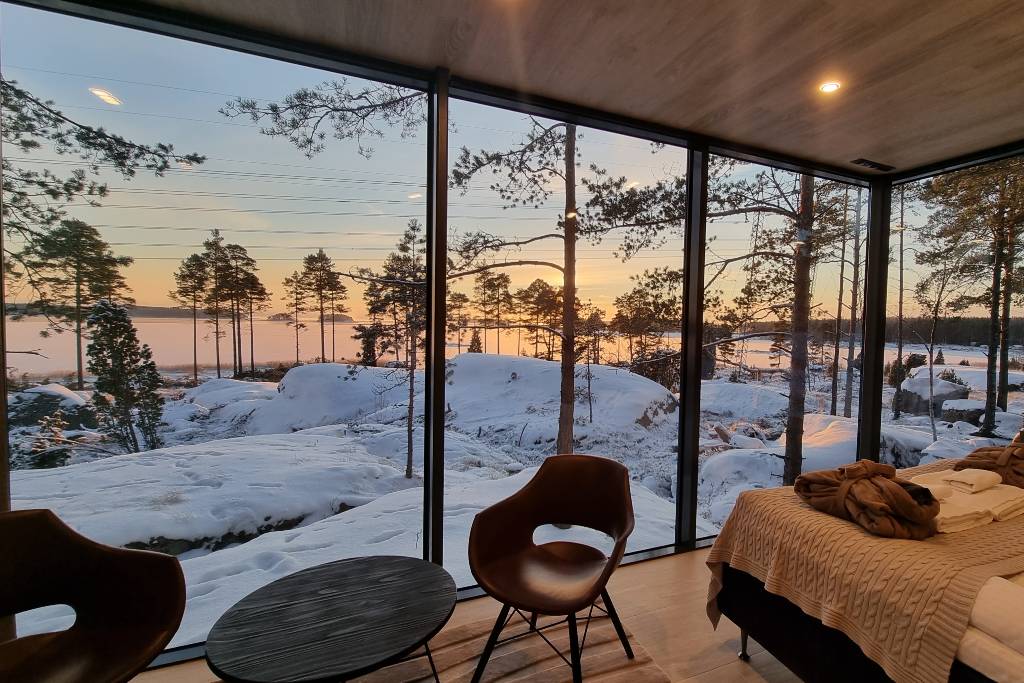
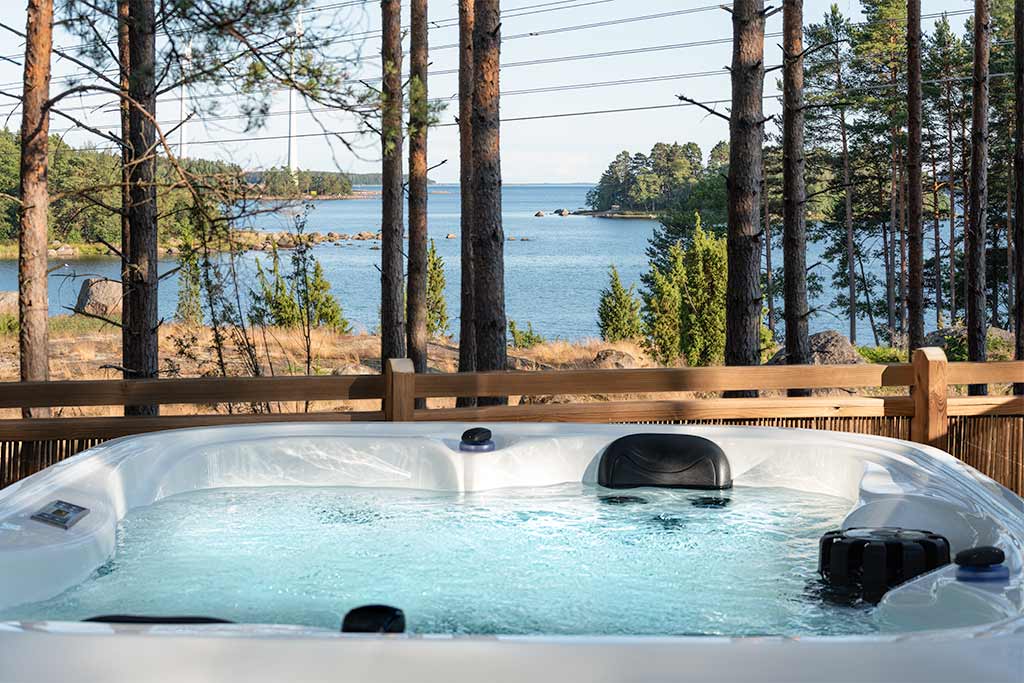
“Our tools include advice, training, and all kinds of support. For example, we’ve walked businesses through the process of applying for tourism industry certifications. We’ve also been able to provide some financial support to businesses for projects that promote sustainable practices.”
“The move toward sustainable practices is appealing, but small businesses, in particular, often lack the resources, time, or knowledge to implement them. Their time is consumed by day-to-day operations. The situation becomes easier when they can share the burden with us.”
“Our network is extensive, and sometimes a practice that works well for one business can be transferred directly to another—saving time and effort by not reinventing the wheel,” says Merilinna.
Erämys-Keisarin Kosket: Experiences on the Rapids of Kymijoki
In Southeast Finland, many tourism activities revolve around the rushing waters of the Kymijoki River. Erämys-Keisarin Kosket Oy offers a range of thrilling or more relaxed ways to explore the river and its estuary. There’s whitewater rafting, gentler river cruises in inflatable boats, and modern cottages for accommodation at the Kultaanranta rapids estate.
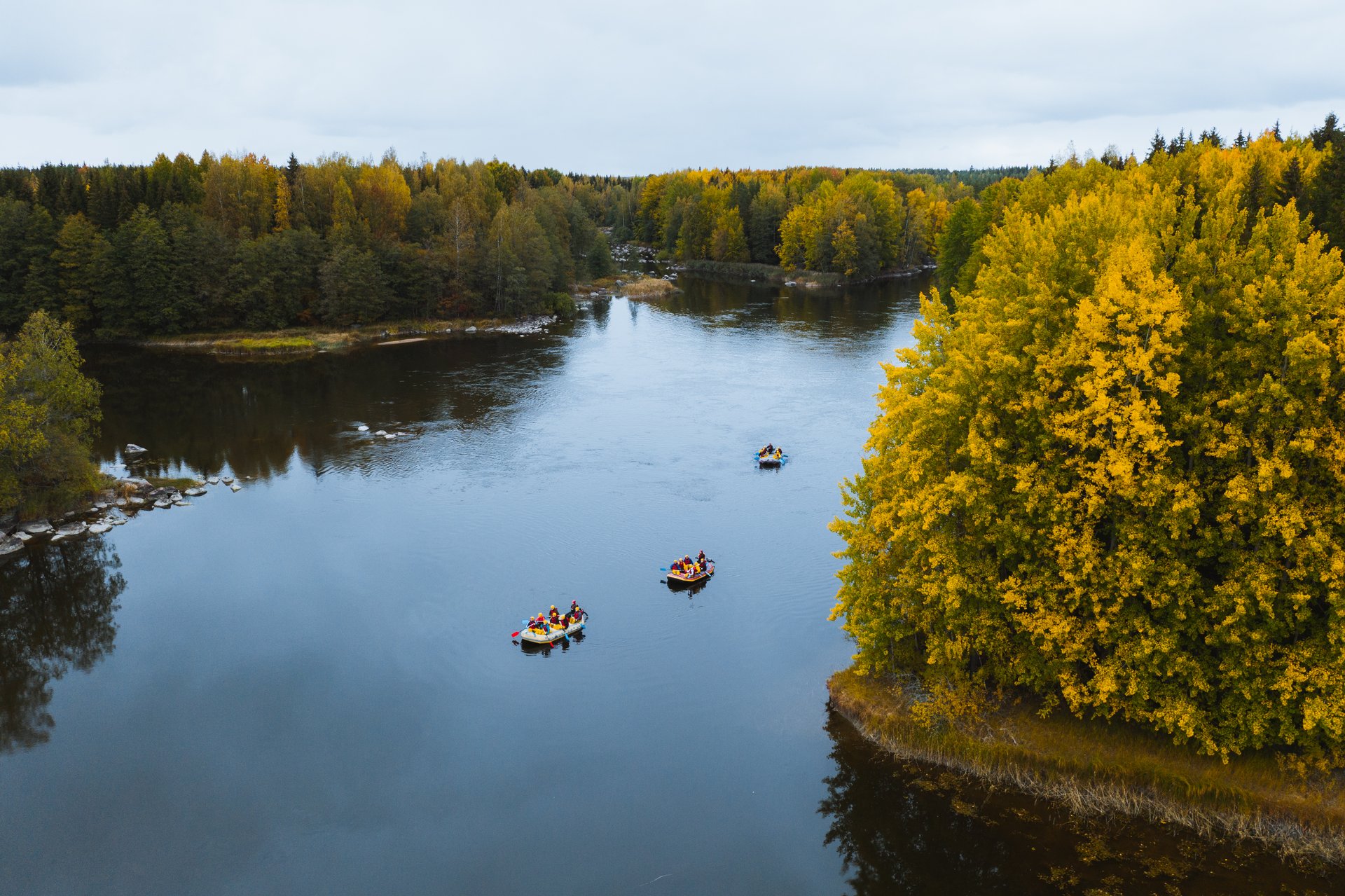
“Before the pandemic, our bookings were almost entirely made up of corporate team-building and planning days, along with other company events. We used the pandemic period to build new accommodation facilities and shifted our sales focus more toward private customers,” says entrepreneur Sauli Orimus.
“Sustainability has been the cornerstone of our operations from the beginning. We operate so closely with nature that these issues must be handled with care. Our customers also expect this from us, which is why it was natural to apply for the Good Travel Seal certification.”
Visit Kotka-Hamina supported them through the application process.
“Through the process, our already strong practices became more visible, and we were reassured that we were on the right path,” Orimus notes.
Social responsibility is also considered important. According to Orimus, a positive working environment among employees reflects directly on customers.
“This is achieved by ensuring workers’ rights are respected and maintaining a healthy work atmosphere and conditions. Both environmental and social responsibility have become fundamental aspects of running a tourism business. The world is evolving in a favorable direction in that regard.”
Relaxing Sustainable Holidays at Santalahti
Samuli Kansa, the operational director of Santalahti Resort, located in Mussalo, Kotka, shares a similar view.
“We knew that we were already doing things right in many areas, but we wanted to demonstrate that externally as well.”
While the certification process was somewhat labor-intensive, Kansa says they managed it on their own.
“The advantage of the GreenKey certification is that it also looks to the future. The program includes built-in development goals: targets are set in advance, and progress is monitored.”
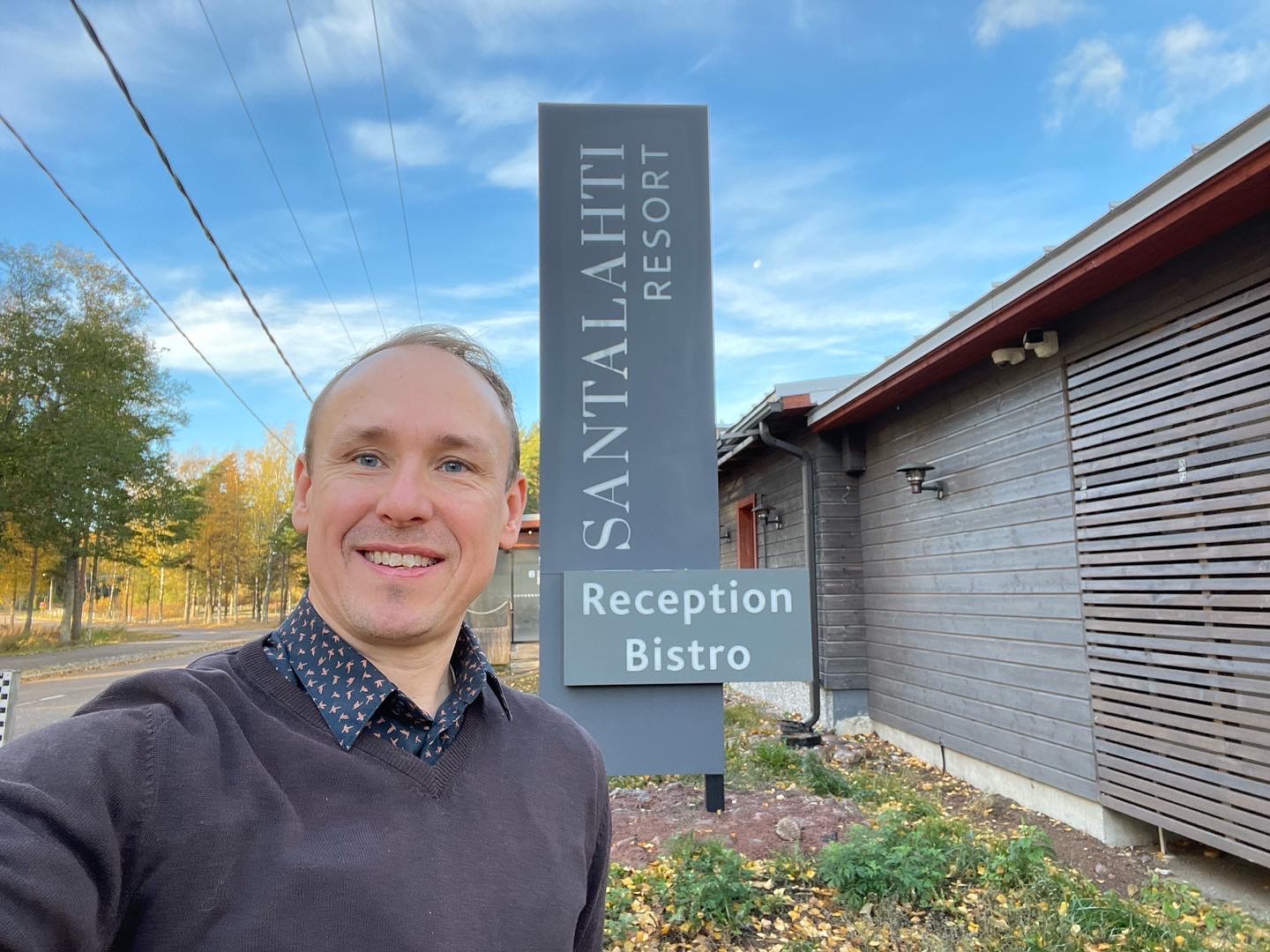
Santalahti Resort offers a wide range of accommodation options, from luxurious villas to seaside cabins. Their latest addition is glass-walled luxury villas with stunning views of the maritime landscape. The resort also features a five-star campsite, a quality bistro, a relaxing nature spa with various saunas, and many outdoor activities for nature lovers.
“In the tourism industry, attitude is a key factor for success, and it stays strong when employees’ benefits are up to date,” says Kansa.
“Respecting colleagues, valuing each other’s work, and maintaining transparency in everything we do takes us far. I consider this social responsibility just as essential as environmental responsibility.”
Santalahti employs ten people year-round, with that number rising to 40 during peak season. The bistro, previously open only in summer, is now open year-round.
“Responsible practices are becoming the norm in our industry. Some travel agencies won’t even sell services or destinations that don’t operate sustainably. The public sector, for example, has its own procurement criteria, which increasingly include sustainability requirements,” Kansa explains.
Text: Kaisa Mäntyranta | Main photo: Krista Ylinen / Cursor Oy






